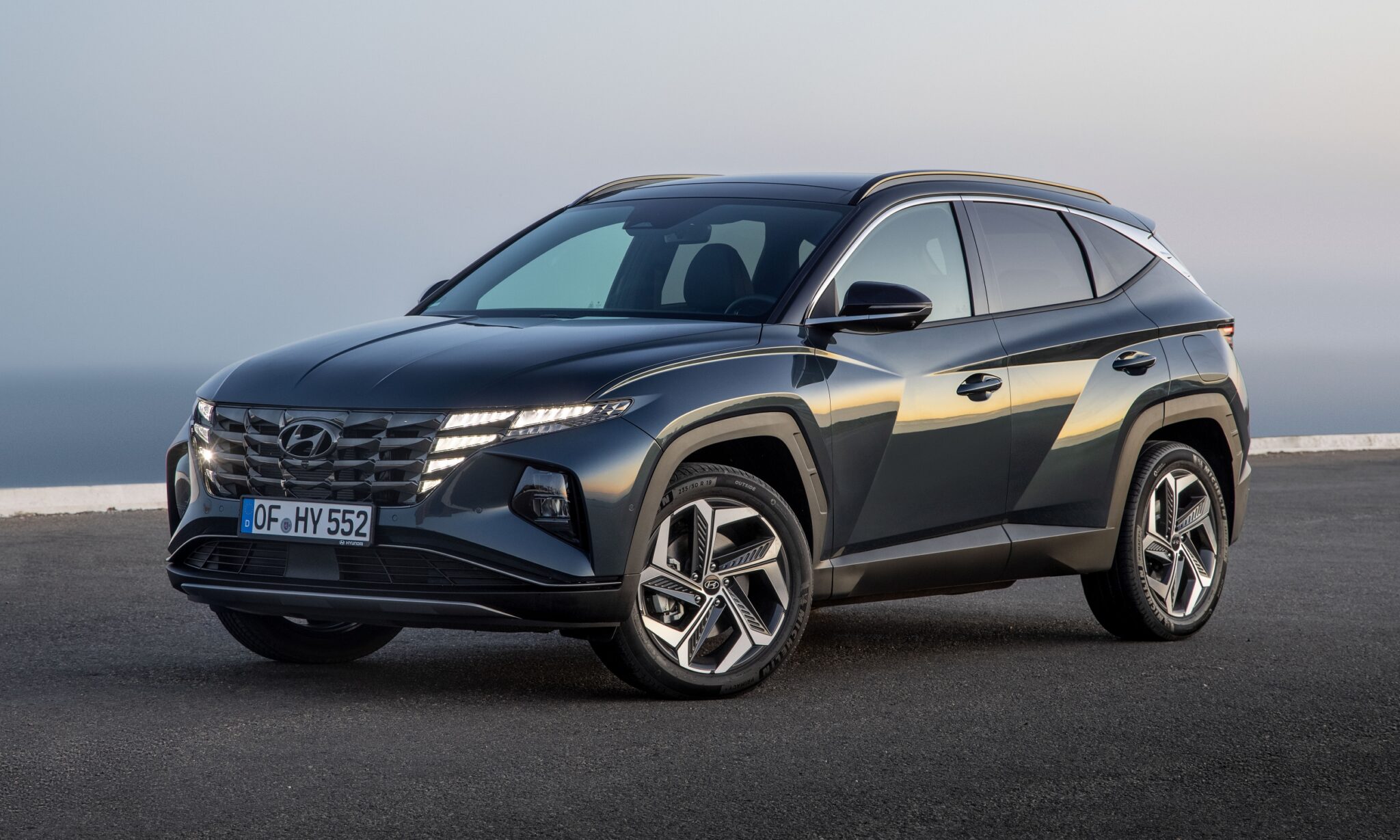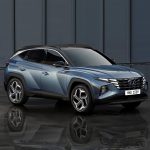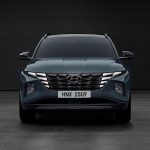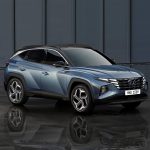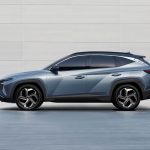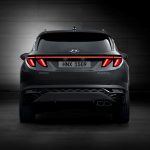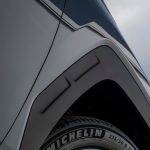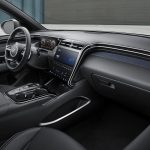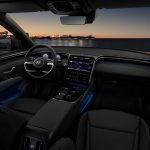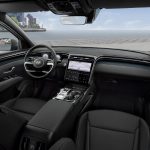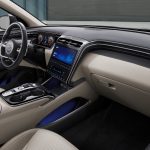Nothing better than looking at Hyundai to discover the change that a brand can make in a matter of a few years. When the Koreans landed on the European market they did so as a cheap brand with low cost products. Today they are one of the best general brands, and they present such interesting products as the new Hyundai Tucson. A revolution in all its meaning.
We have tested this car:
Test Hyundai Tucson 1.6 CRDi 136 CV 4 × 4 DCT N-LineTest Hyundai Tucson 1.6 T-GDI 150 CV 48V Tecno (with video)The range of products offered by Hyundai is not very large, if we take into account other brands, but they are committed to offering a solution for each major market niche. The Tucson directly attacks the C-SUV segment, the most popular in sales. Such is the acceptance of this product that it has become a reference model, and one of the best-selling SUVs, surpassing almighty rivals such as the Nissan Qashqai.
The Hyundai Tucson could be said to have come of age in the fourth of its generations, though we haven't always known it by that name. The first edition, released in 2004, was called the ix35. In each step taken to date, the C-SUV has been gaining attributes and qualities. The latest generation is presented in mid-2020, with a radical change in design, qualities and equipment.
Technical characteristics of the Hyundai Tucson

In the change from the third to the fourth generation, Hyundai breaks away from all of the above. The new edition does not reuse a single piece of its predecessor, including a platform rebuilt and prepared for a greater range of mechanical versions and mobility systems. That in turn implies a change in the external measurements and the internal dimensions.
Although the Hyundai Tucson continues to belong to the C-SUV segment, its size grows with respect to past measurements. Externally it reaches 4,5 meters long, 1,86 meters wide and 1,65 meters high.. To these measures we must add a wheelbase of 2,68 meters. A battle that allows you to homologate an interior space for a maximum of five passengers.
Three of them are installed on a comfortable bench where the presence of a high transmission tunnel, as well as a shorter shoulder distance, reduces freedom of movement. In terms of load capacity, the disparity of mechanical configurations means that we have a wide range of figures. The Hyundai Tucson can offer between 546 and 620 liters of trunk depending on the mechanics selected. The lower bound corresponds to the MHEV variants.
Mechanical range and gearboxes of the Hyundai Tucson
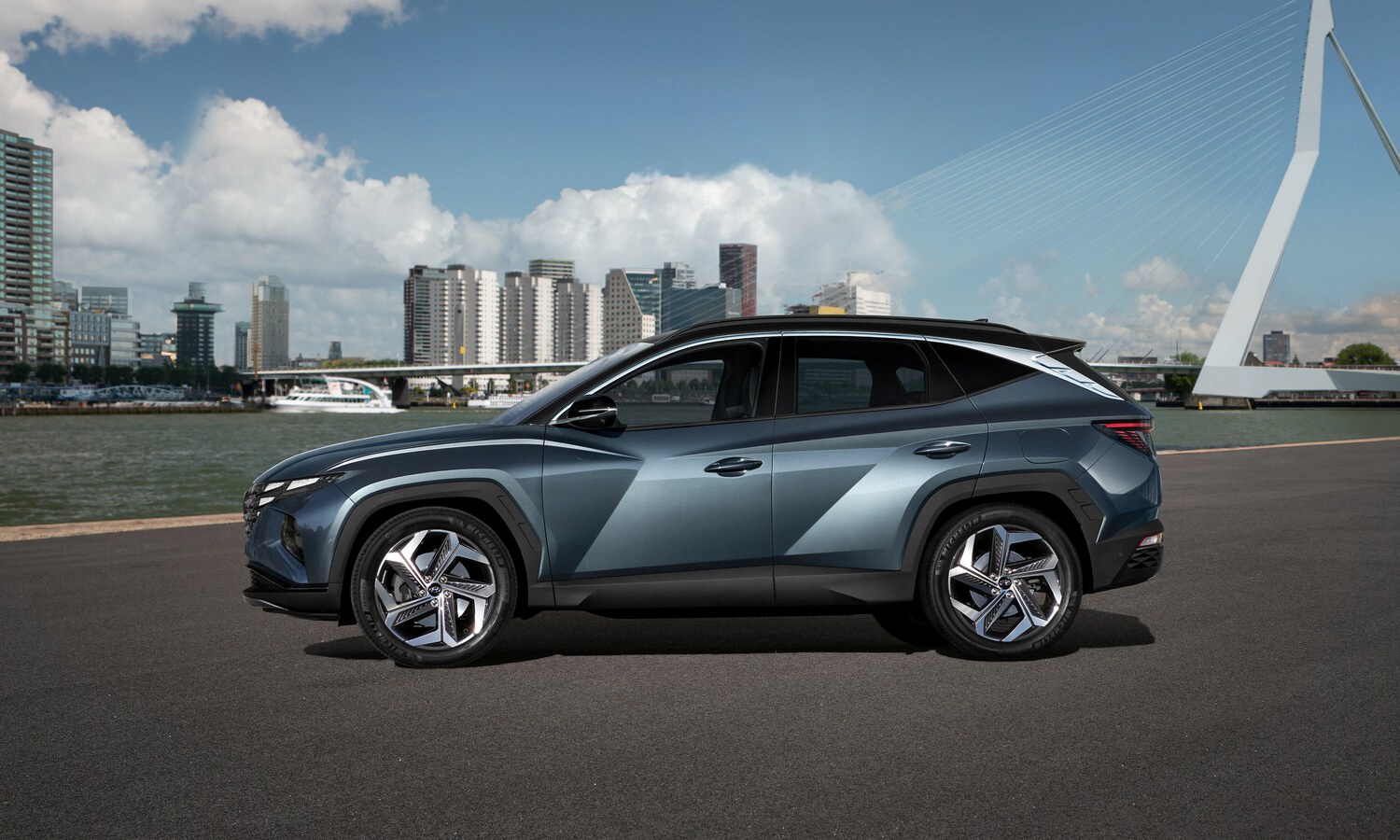
The new European emission regulations force brands to look for alternative solutions for the mobility of their products. One of the biggest renovations of the fourth generation of the Hyundai Tucson lies in the mechanical range. The mechanical portfolio will include traditional thermal variants as well as conventional hybrid, plug-in hybrid, and micro-hybridized mechanical solutions.
The range starts with the 1.6 horsepower 116 CRDi diesel. The gasoline offer only includes a 1.6-horsepower 150 T-GDI version. Both options with six-speed manual gearbox. The first level of electrification, MHEV, can be associated with the diesel engine, with 136 horsepower, and the gasoline engine, with 150 or 180 horsepower. In these cases, the changes can be manual or automatic with double clutch and seven gears.
Coming to the most advanced hybrid options, the first step is found in the 1.6 T-GDI 230 horsepower with six-speed automatic transmission and electric range of approximately two kilometers. The most performant of the family is the only plug-in hybrid with a 1.6 T-GDI engine. It offers a maximum of 265 horsepower with an approved autonomy in the WLTP cycle of 62 kilometers, which allows it to approve the DGT ZERO label.
Equipment of the Hyundai Tucson
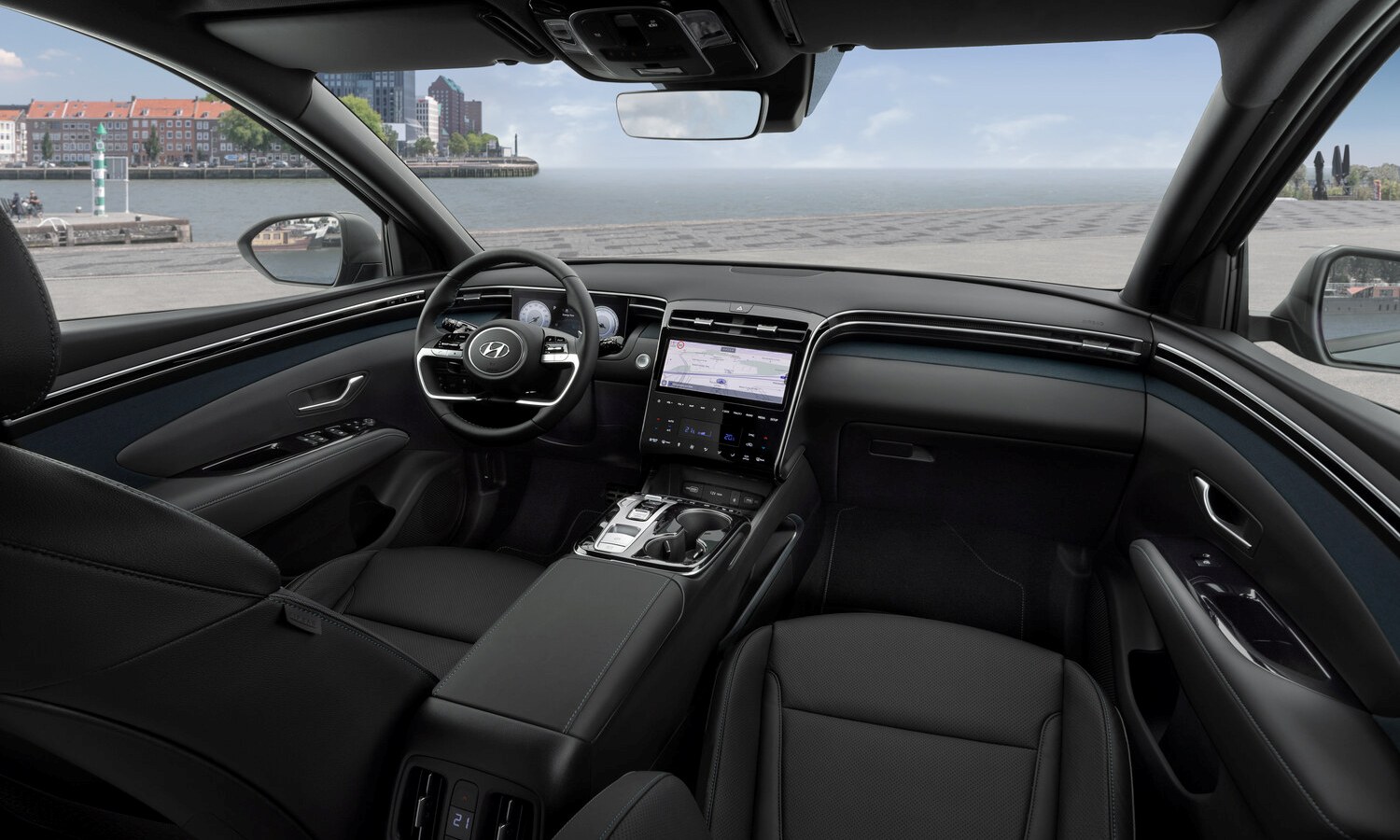
We continue talking about new features of the fourth generation of the Hyundai Tucson and it's time to talk about the interior. Technology has taken center stage in the design of the new edition, and without a doubt it is the most advanced model ever created by the Korean house. It has a cast of state-of-the-art systems, presented in a format that the designers have called "Interspace".
Attention is drawn to the improvement in quality. Soft and padded surfaces that are combined with materials and careful details that give a better feeling of quality. The range is made up of several trim levels: Klass, Maxx, Tecno, Style and NLine.. Digitization is total thanks to the presence of two screens. One in the instrument panel, always digital and with a 10,25-inch screen, and the other in the multimedia system, which in turn combines with another lower part of the air conditioning module.
As far as equipment is concerned, the new Tucson launches systems that in the future will be extended to the rest of its brothers brand and conglomerate, such as the KIA Sportage. Full LED headlights, keyless entry and start, state-of-the-art connectivity, sunroof, browser, connected services, voice control, Wi-Fi, three-zone climate control, remote control for confined spaces, 360-degree cameras, and a wide range of assistance and security elements.
Test of the Hyundai Tucson in video
The Hyundai Tucson according to Euro NCAP
Like every new model that hits the market, the Tucson has undergone stringent safety tests. In them, Euro NCAP has determined the five safety stars for the Korean SUV. The highest score. By sections, the results are as follows: 86 out of 100 in adult passenger protection, 87 out of 100 in child passenger protection, 66 out of 100 in pedestrian vulnerability and 70 out of 100 in driving assistants.
The Hyundai Tucson of Km 0 and second hand
The Hyundai Tucson has reached its commercial maturity in the fourth generation. The first two did not have the success that the third has achieved, and that is also assumed for the last. This causes a difference in the percentage of depreciation of the model. The first two generations suffer an average depreciation of 41%, higher than that of its rivals. On the contrary, for models from 2015 onwards the value drops considerably to 32%, somewhat less than its most immediate rivals.
Prices in the second-hand channel start at values close to 2.000 euros for first generation models. The second generation, the ix35, is announced from approximately 7.000 euros. The third generation are the most expensive, from 13.000 euros. Obviously, in the Km 0 channel we only find models prior to the fourth generation, since the new one has not yet reached the points of sale.
Rivals of the Hyundai Tucson
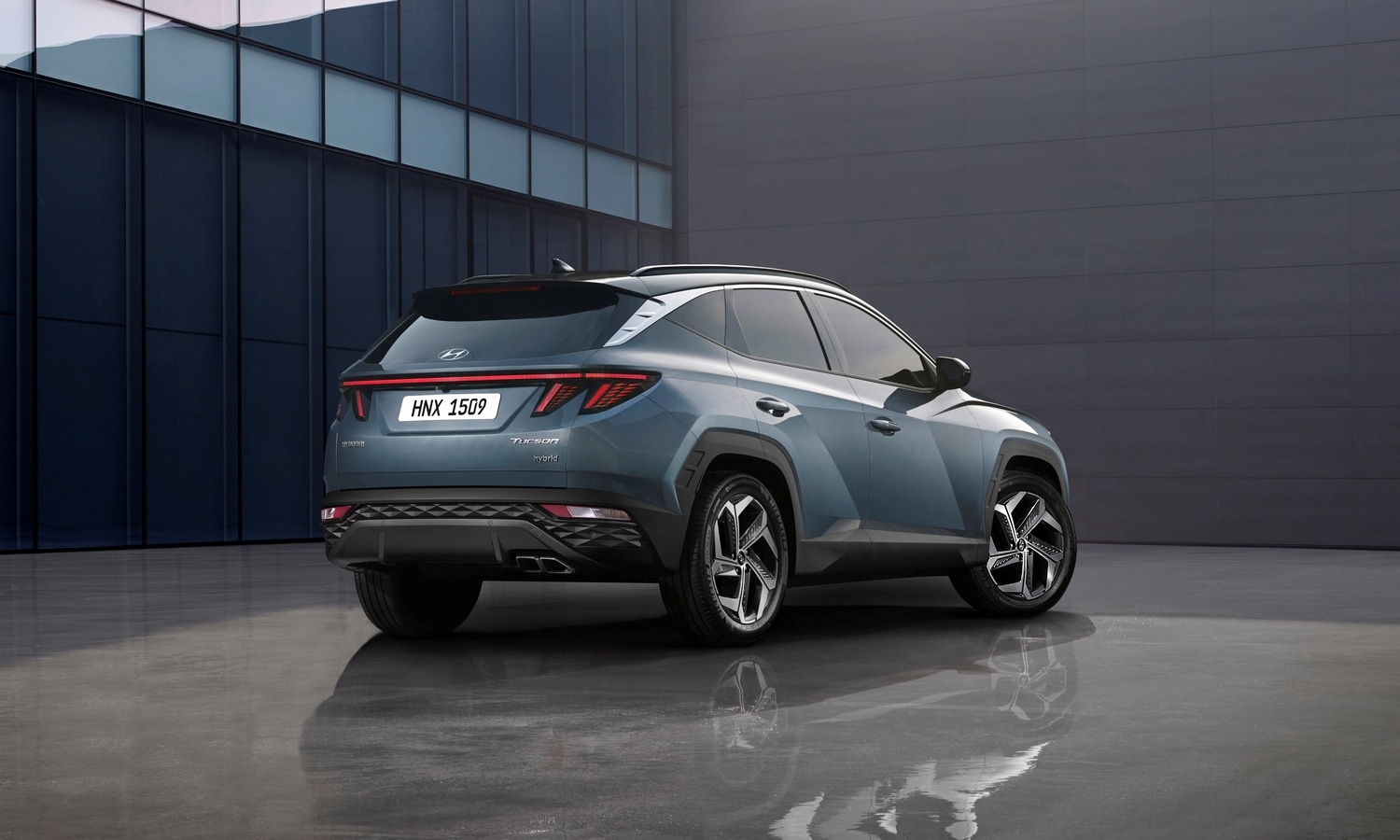
The Hyundai Tucson fits within the market segment that is experiencing the highest sales growth, that of compact SUVs. In it, it has a large number of rivals, each one better. Among the most significant we can name the Toyota Rav4, Renault Kadjar, ford kuga, Skoda Karoq, Volkswagen Tiguan, SEAT Ateca, Peugeot 3008 and many more. In front of them, the Tucson offers a more careful design, excellent equipment possibilities and an unbeatable guarantee.
Highlight
- Price/product ratio
- Integrated
- Equipment
To improve
- Few 100% thermal mechanics
- Price hybrid versions
- off-road capabilities
Hyundai Tucson Prices
Hyundai has lost some of its appeal when it comes to raising sales prices, but they still maintain an excellent price-product ratio. The starting price of the Hyundai Tucson is 30.325 euros, without offers or promotions. That price corresponds to a model with Klass finish and 1.6 horsepower 150 TGDI mechanics with manual gearbox. The most expensive version of all is signed by the Tucson PHEV 1.6 TGDI with all-wheel drive and Style finish. Its starting price stands at 53.550 euros, without offers or discounts.
Image gallery
The content of the article adheres to our principles of editorial ethics. To report an error click here.
